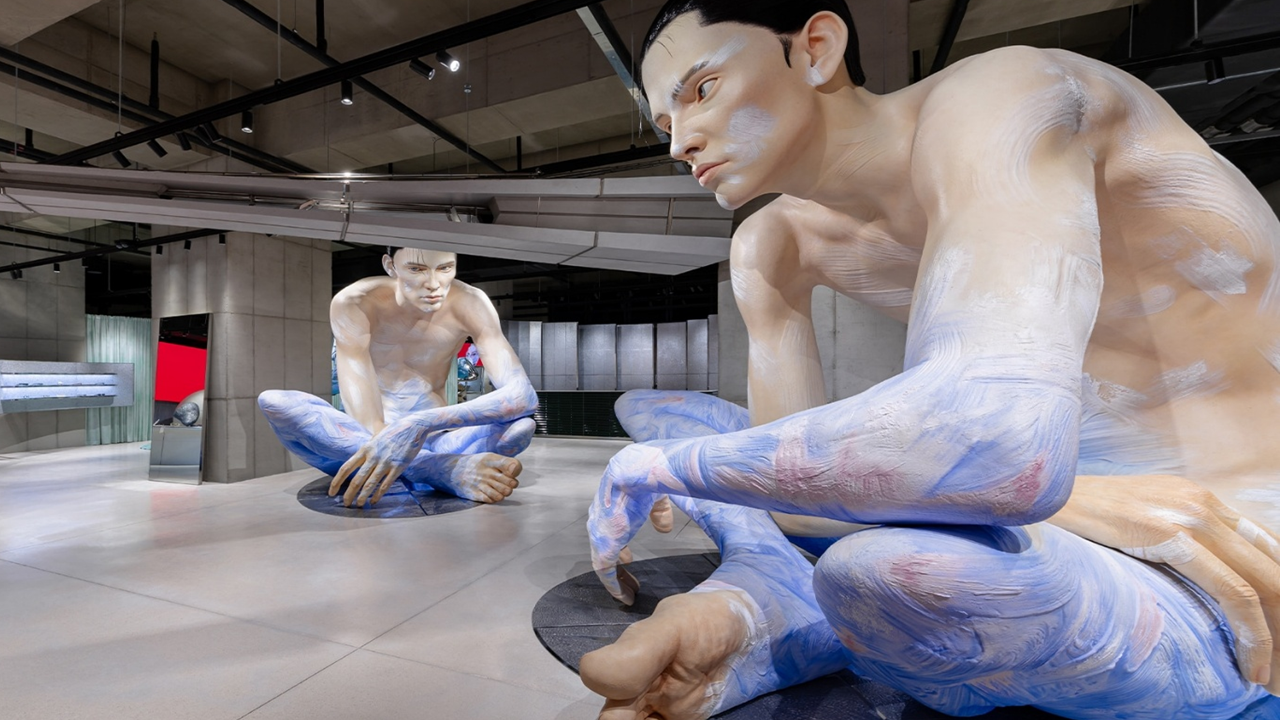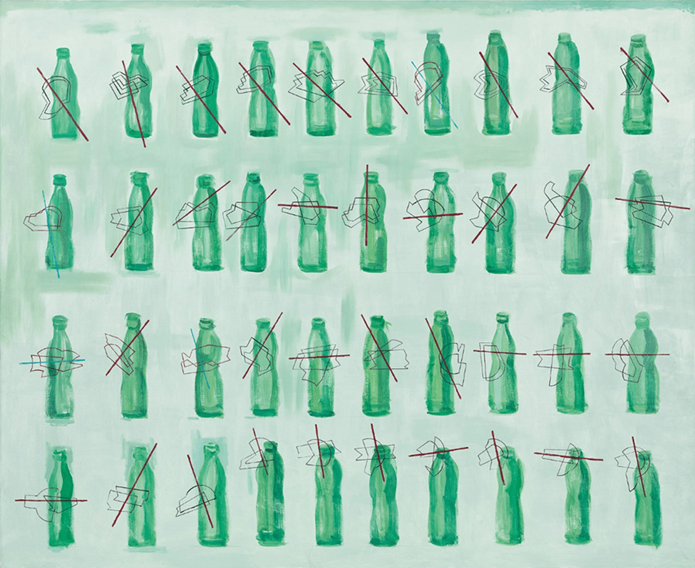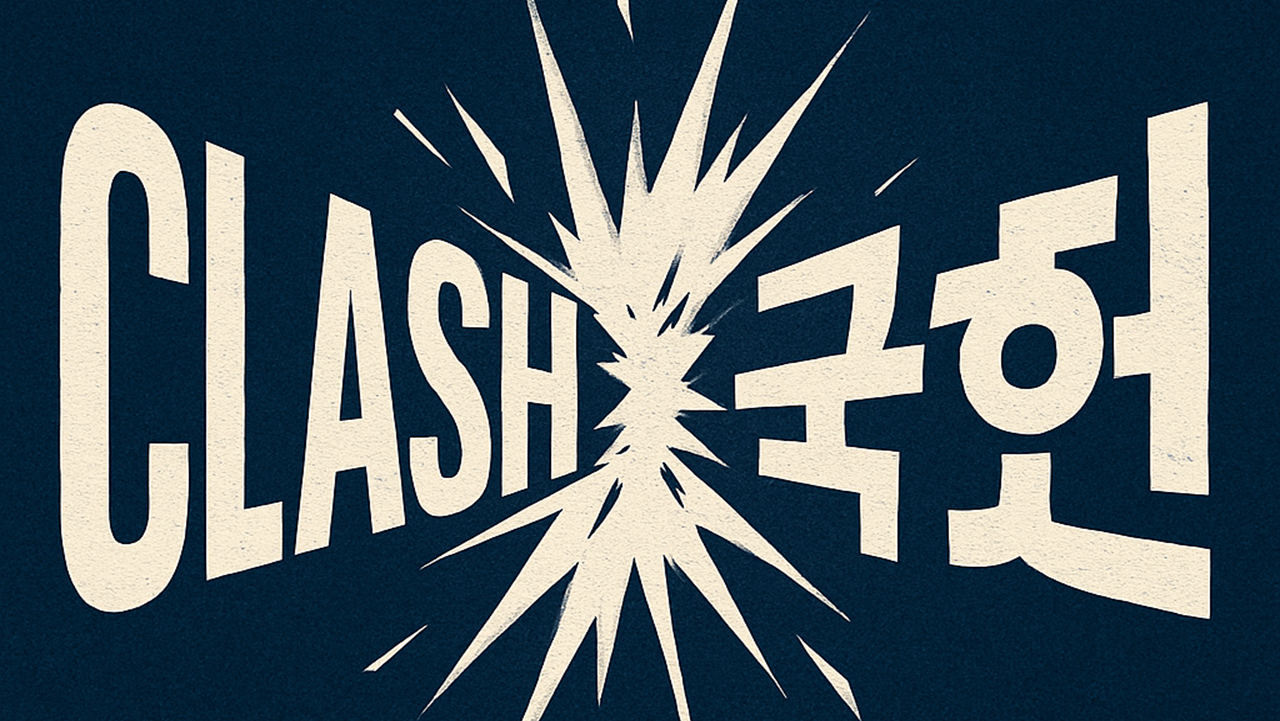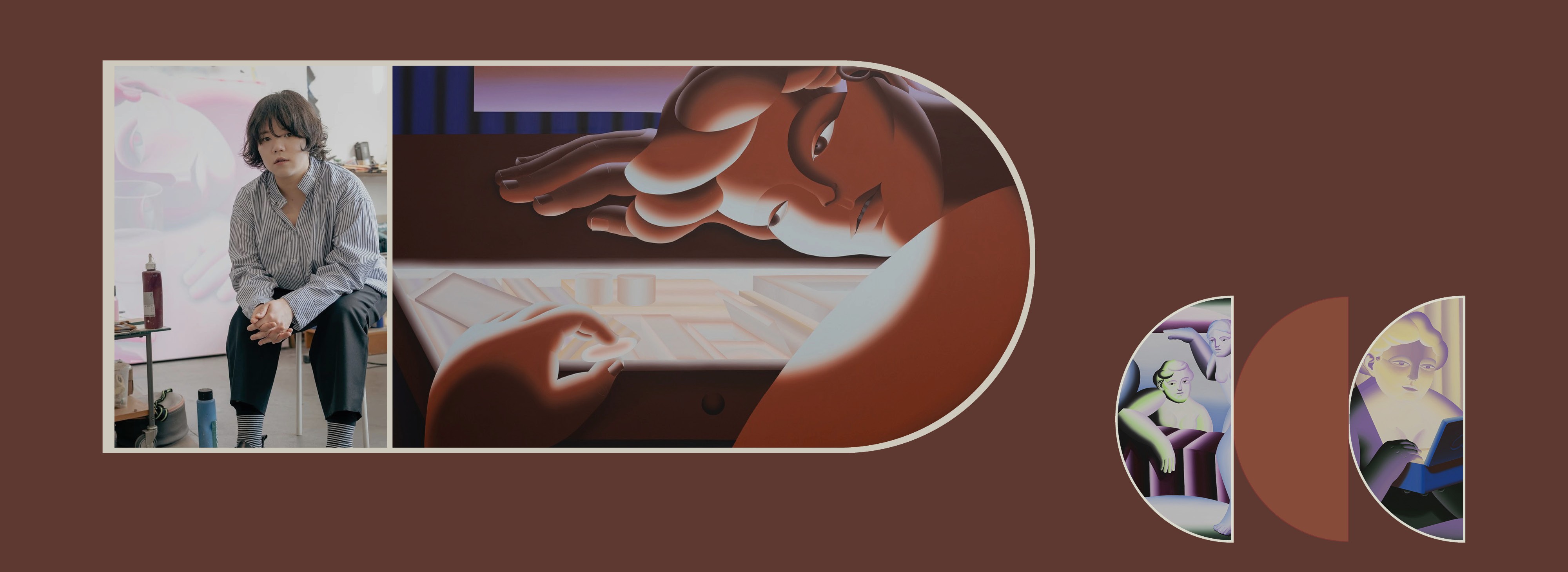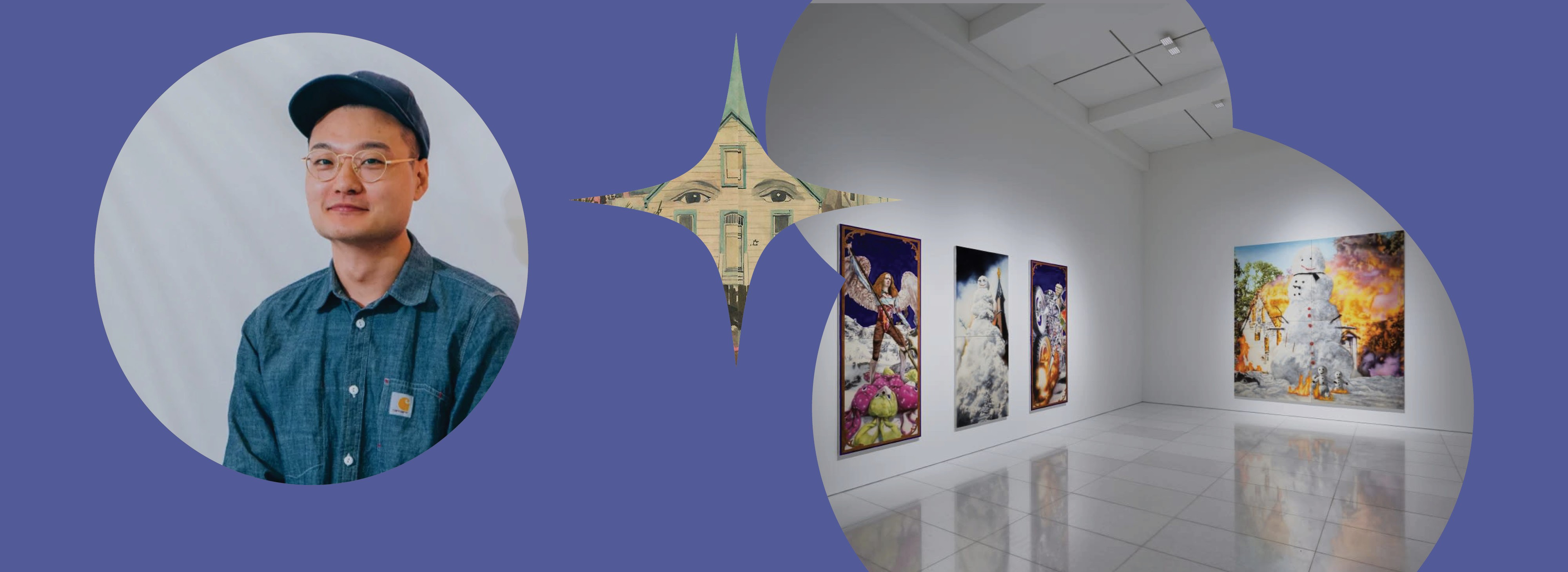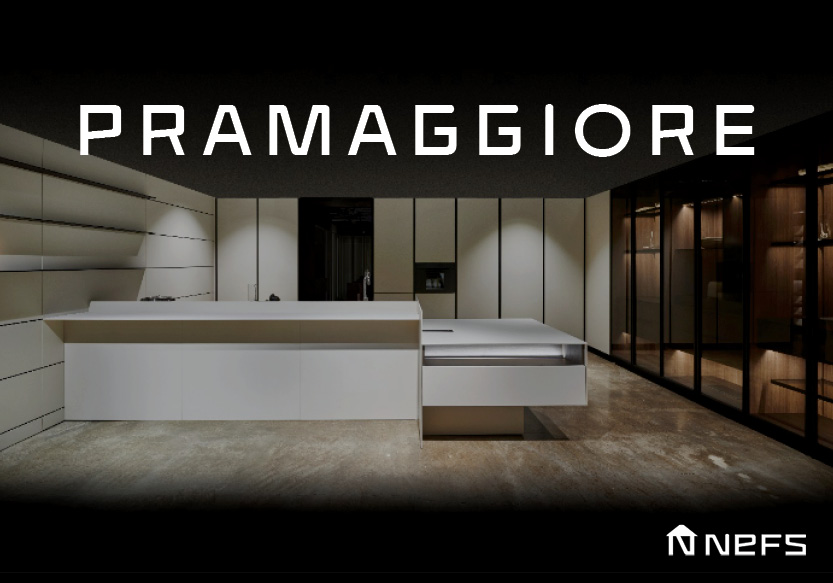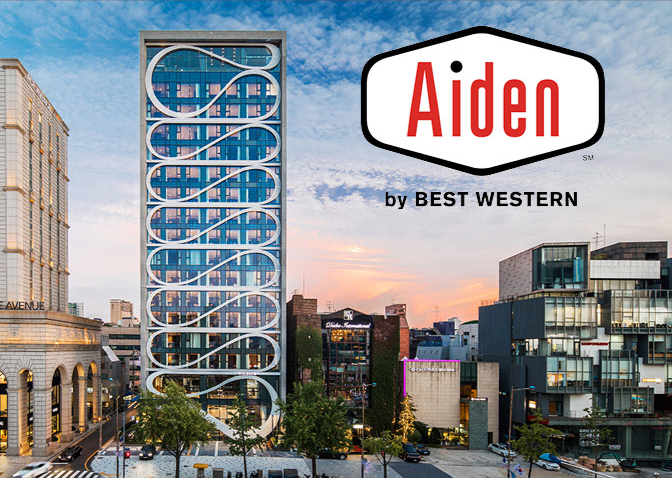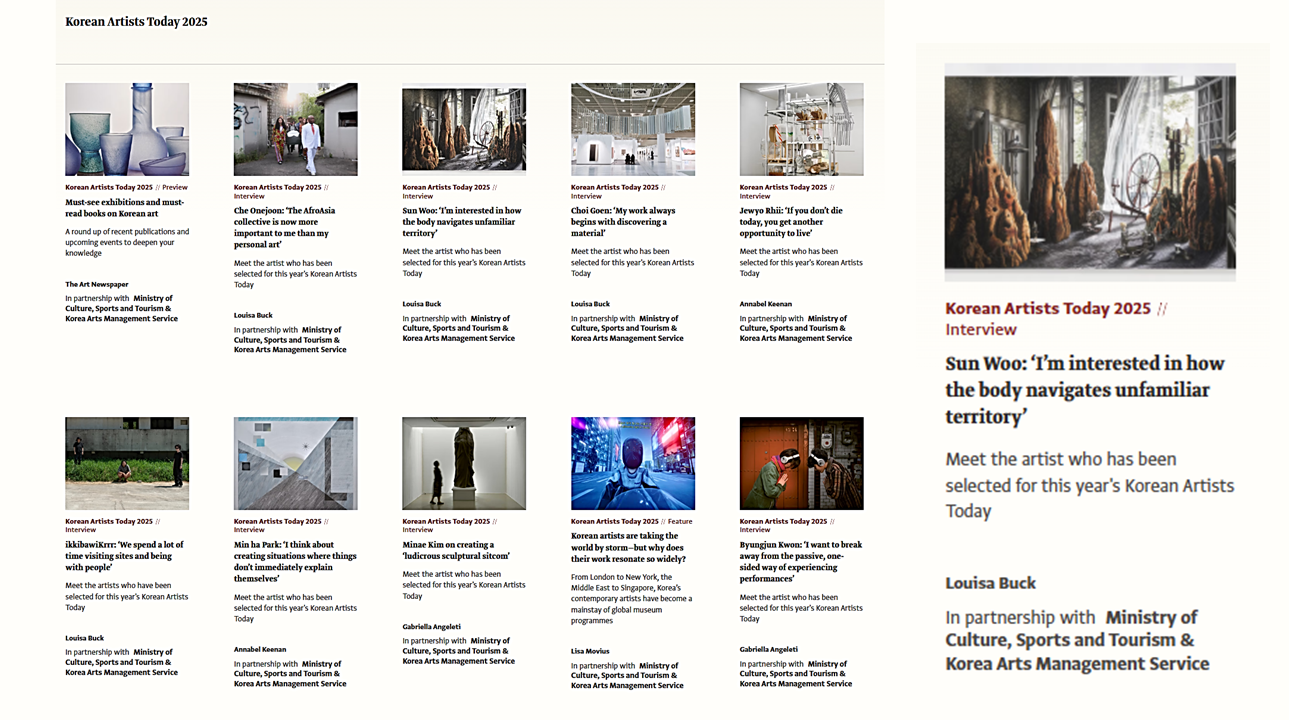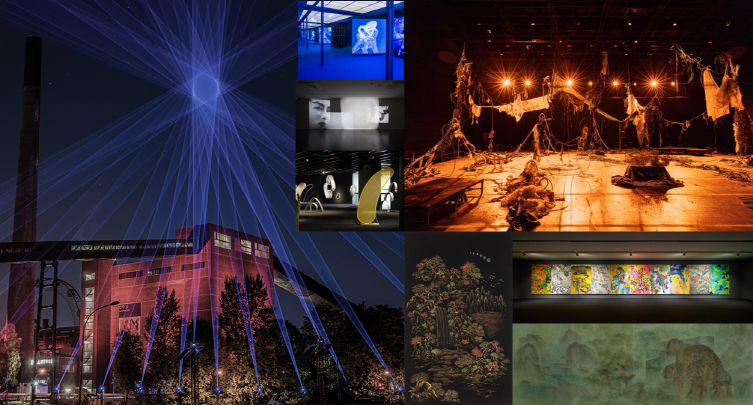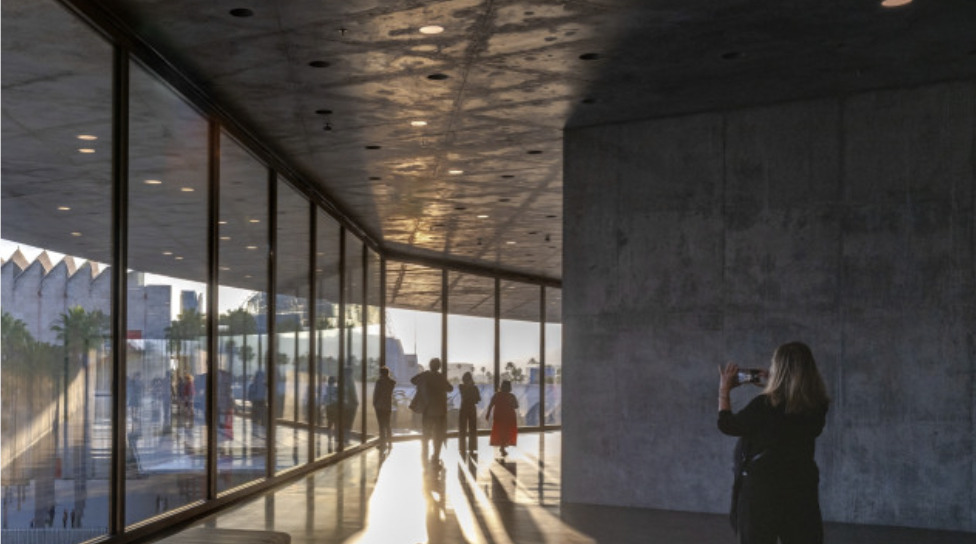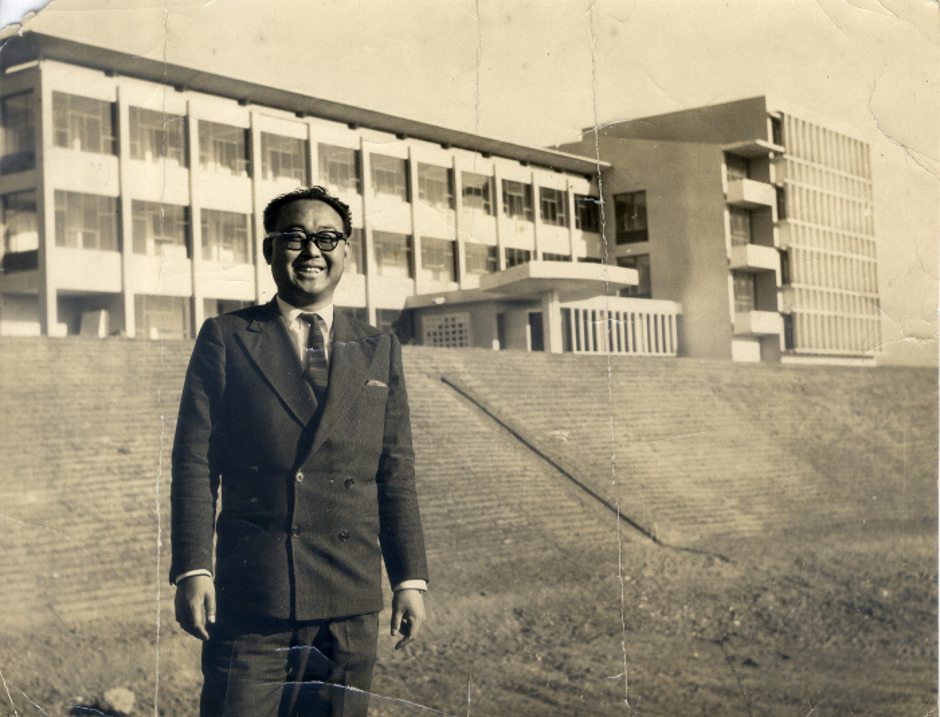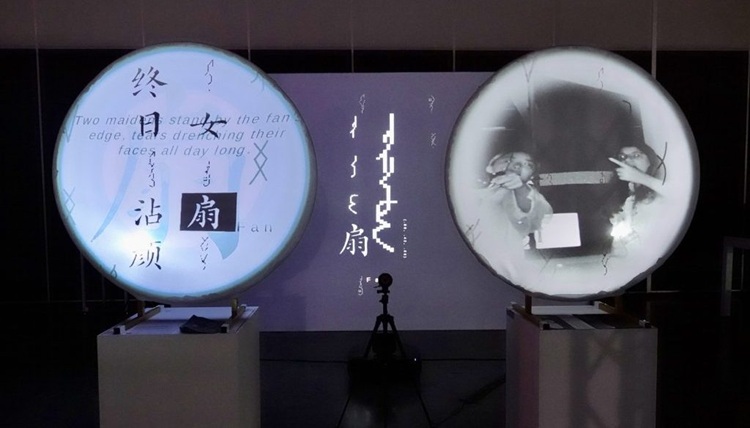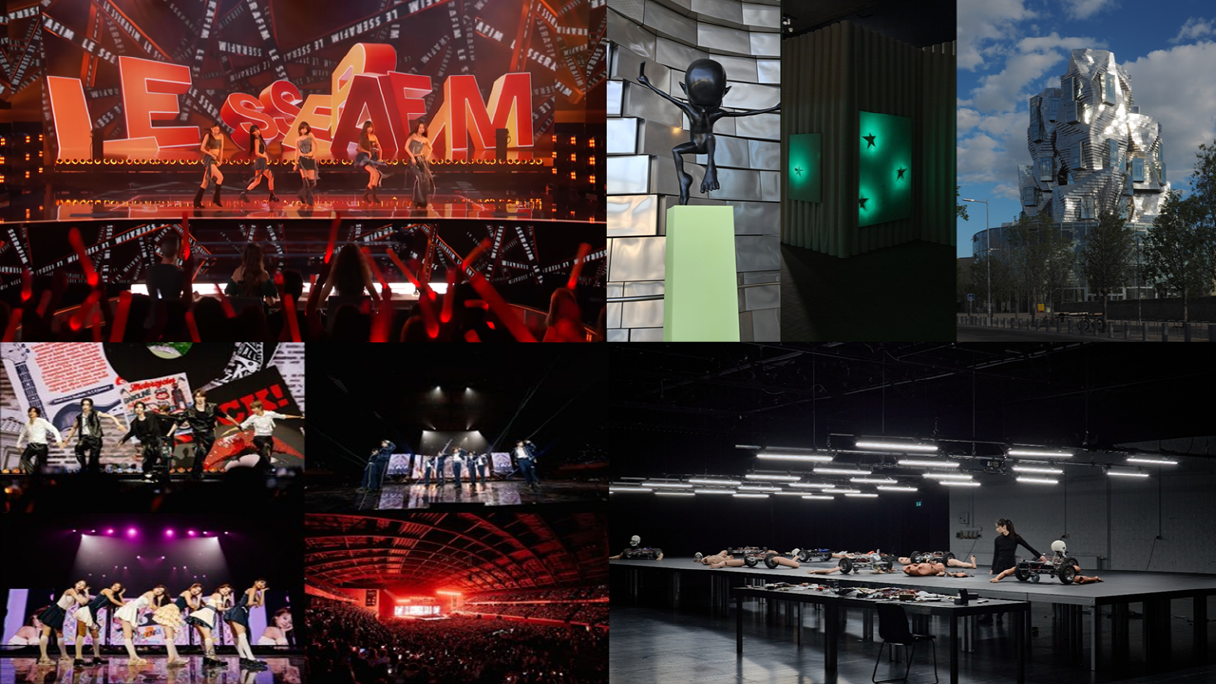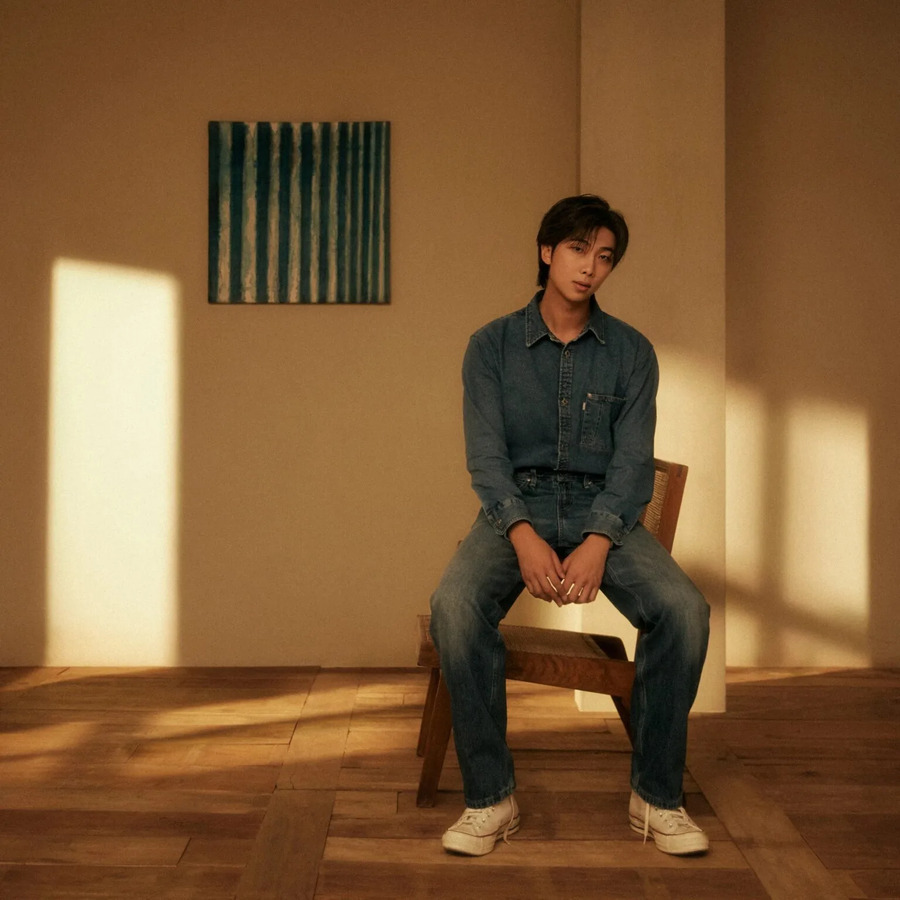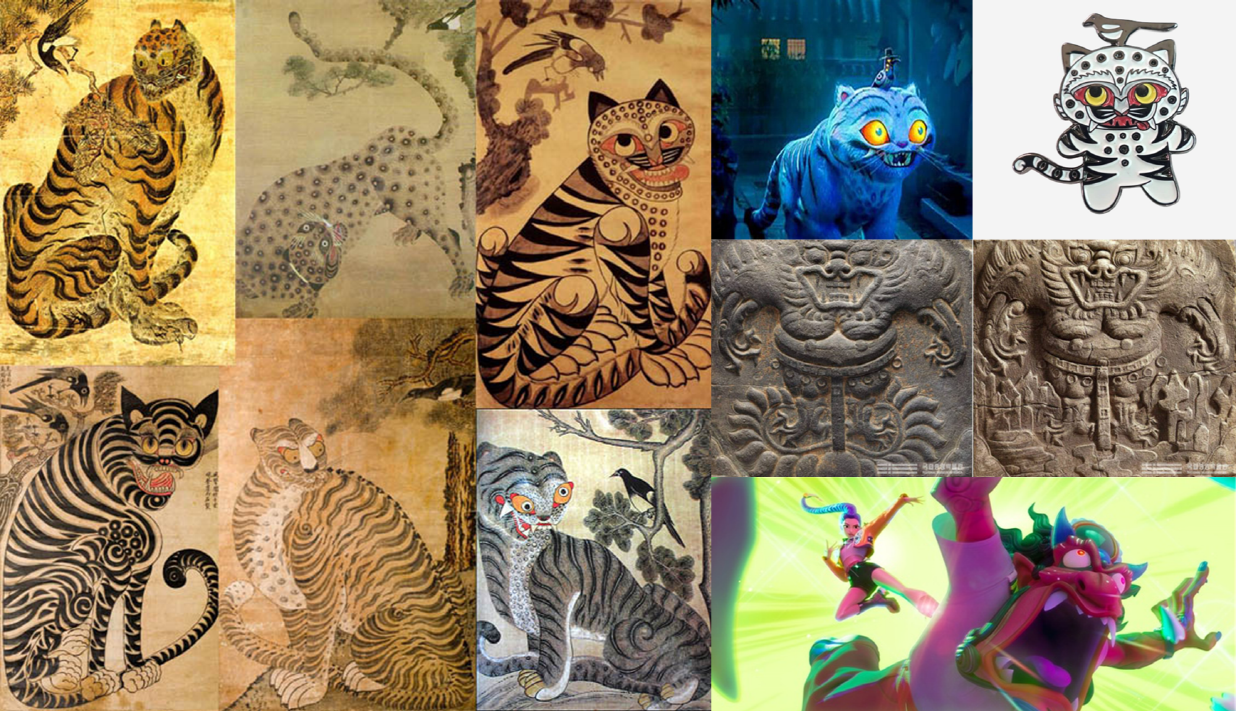In June 2025, the international art
journal 「The Art Newspaper」 published a special feature titled “Korean
Artists Today 2025.”
Produced in collaboration with the Ministry
of Culture, Sports and Tourism and the Korea Arts
Management Service (KAMS), the project goes beyond
national promotion; it aims to present the current landscape of Korean
contemporary art and the individual worlds of its artists to a global
readership.
The feature combines main essays,
artist interviews, and commentary from leading curators and museum directors,
offering a comprehensive view of how Korean art has entered — and continues to
redefine — the center of the global stage.
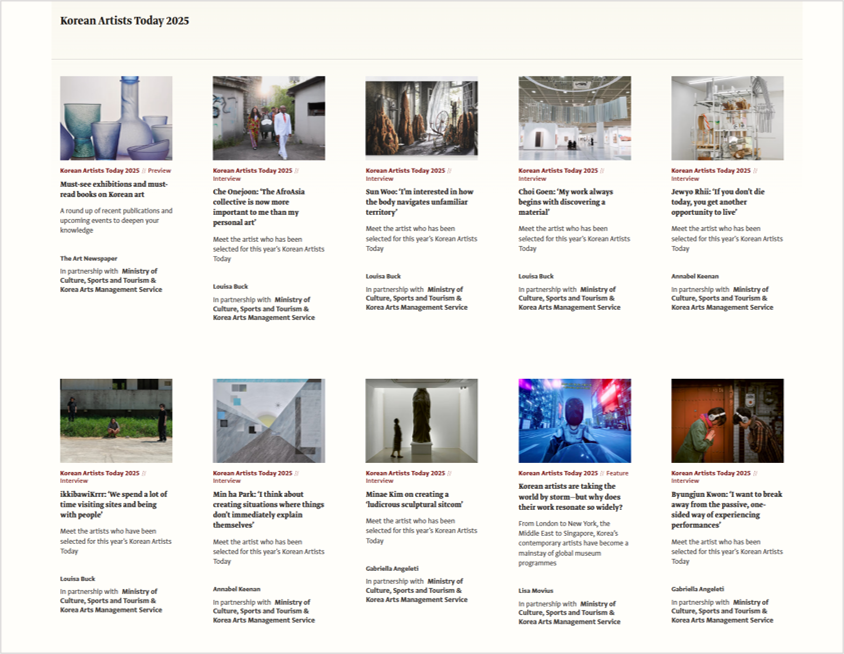
「The Art Newspaper」 published a special feature on Korean contemporary art, “Korean Artists Today 2025,” in June 2025. / Photo: The Art Newspaper website
The Expansion
of Korean Art — “A Contemporary Rhythm Shared with the World”
The main feature article, “Korean
artists are taking the world by storm — but why does their work resonate so
widely?” (Lisa Mobius, June 2 2025), explores why Korean artists are
commanding attention across global art centers — from London and New York to
Abu Dhabi and Singapore.
The article notes:
“Korean artists
have been part of the global art scene for decades. But today, they are
redefining their place in the world through subtler, more complex modes of
engagement.”
In other words, Korean art is no longer
framed as a “regional newcomer,” but as an integral axis within global
contemporary discourse.
Lee Jee-won, curator at the Sharjah
Art Foundation, observes that “From K-pop to K-dramas, Korean
culture already holds a visible place on the world’s cultural map — and art is
now extending naturally within that current.”
Clara Kim of the Museum of
Contemporary Art Los Angeles (MOCA LA) adds, “The international
art world is now witnessing, in real time, the evolution of Korean art.”
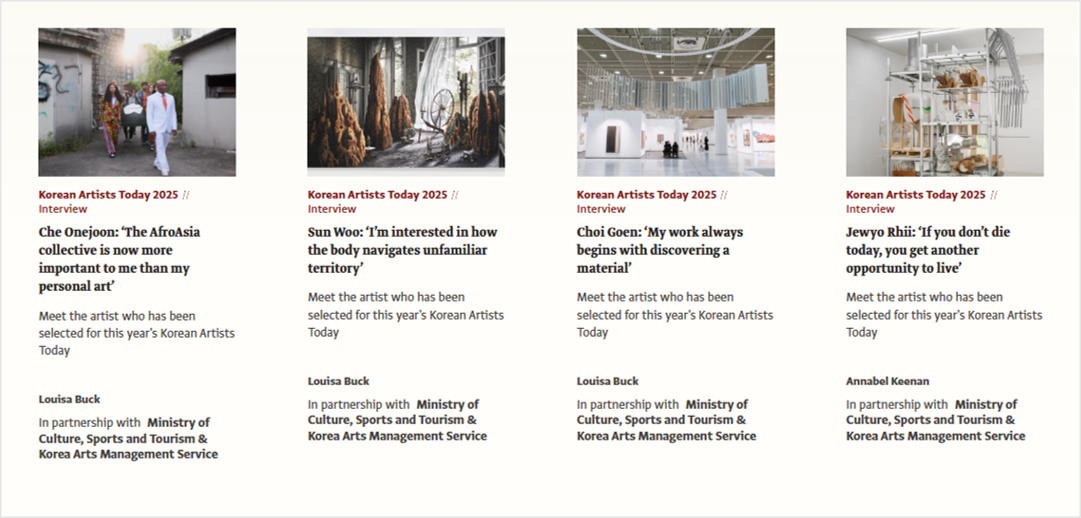
It highlights artists featured in the group exhibition at the SongEun Art and Cultural Foundation. / Photo: The Art Newspaper website
Artists Now — “Where Concept Meets
Emotion”
At the heart of the feature lies an
exploration of how Korean artists are forging their own languages on the world
stage.
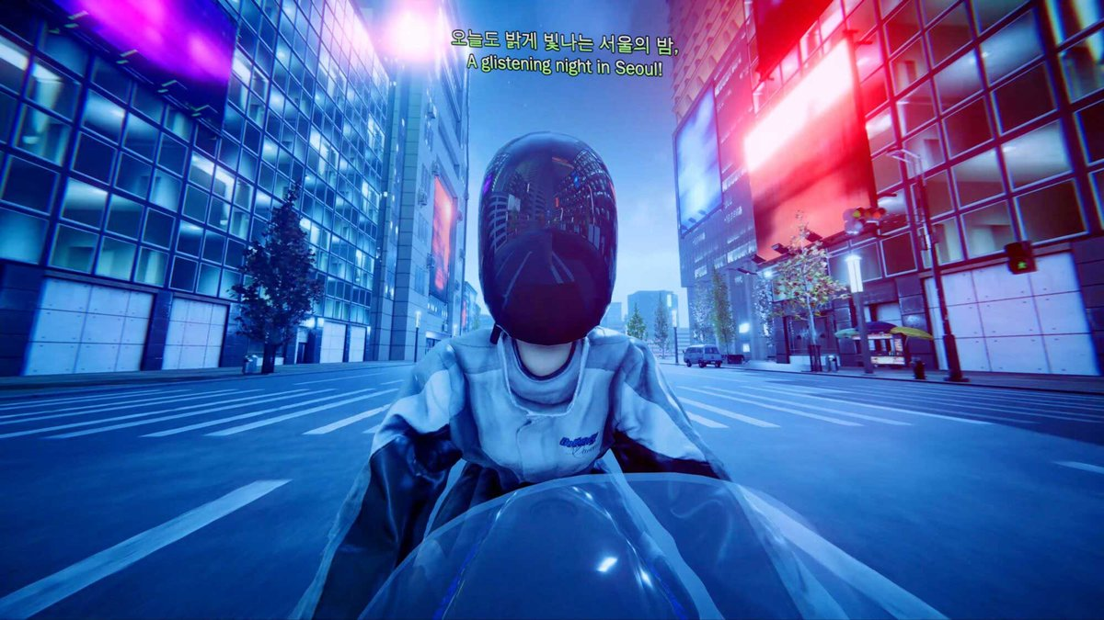
Ayoung Kim’s single-channel video, Delivery Dancer’s Sphere (2022), explores South Korea’s gig economy; the artist will be the subject of a show at MoMA PS1 (6 November-16 March 2026) / Courtesy the artist and Gallery Hyundai
Ayoung Kim investigates South Korea’s
platform-based “delivery economy” in her single-channel video Delivery
Dancer’s Sphere(2022), weaving the relationship between
technology, humanity, and movement into rhythmic visual form. She will open a
solo exhibition at MoMA PS1 in New York this November.
Do Ho Suh presentedRubbing/Loving
Project: Seoul Home(2013–22) at Tate Modern,
offering a new architectural interpretation of space, memory, and personal
mobility. His work demonstrates how post-Dansaekhwa visual language has evolved
into structures of memory.
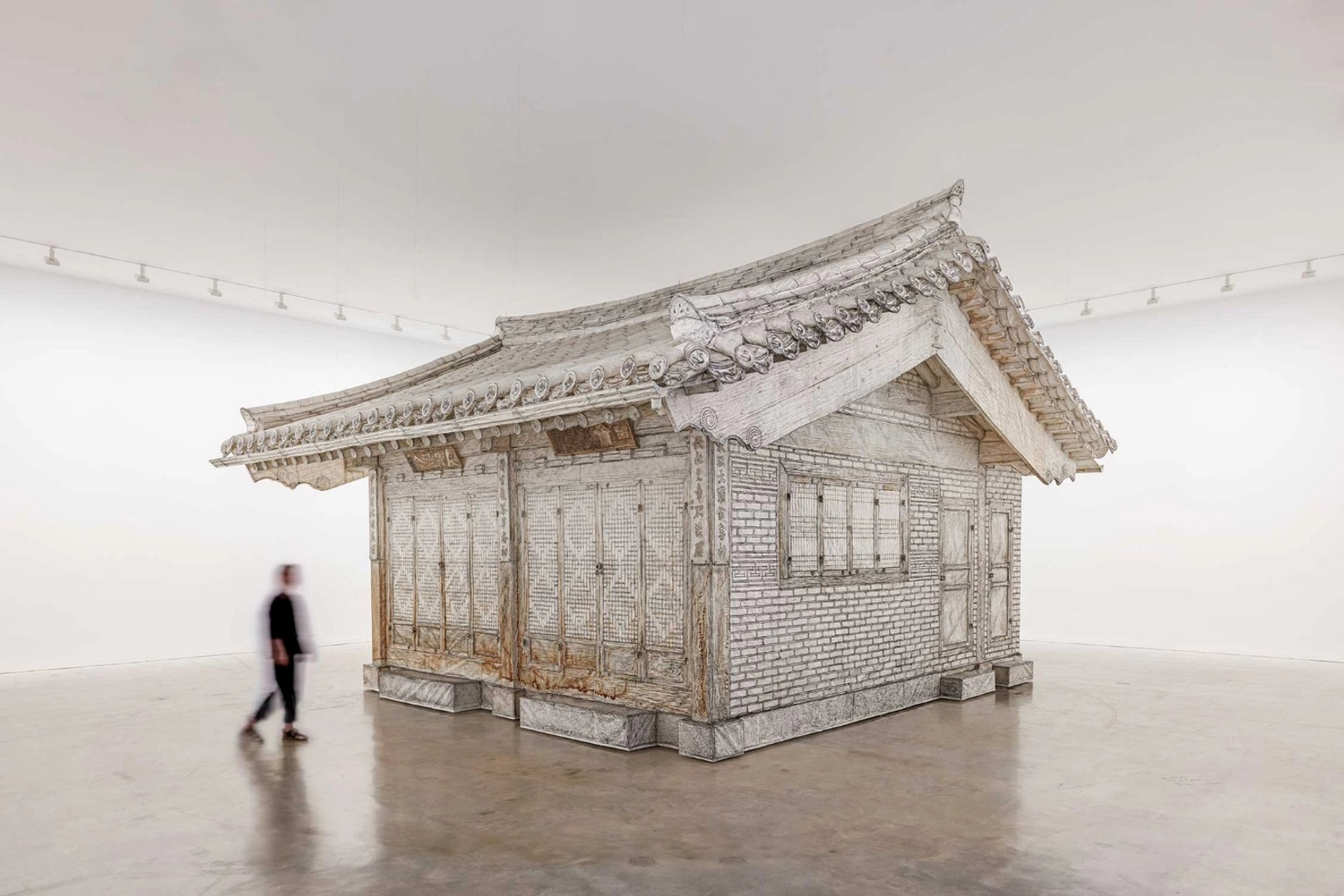
Do Ho Suh’s Rubbing/Loving Project: Seoul Home (2013–22) is on show at Tate Modern in London / © Do Ho Suh
Lee Bul’s monumental installationLong Tail Halo,
created for the Metropolitan Museum of Art’s Facade Commission,
fuses metal, light, and mythic symbolism to explore modern femininity and the
origins of human existence.
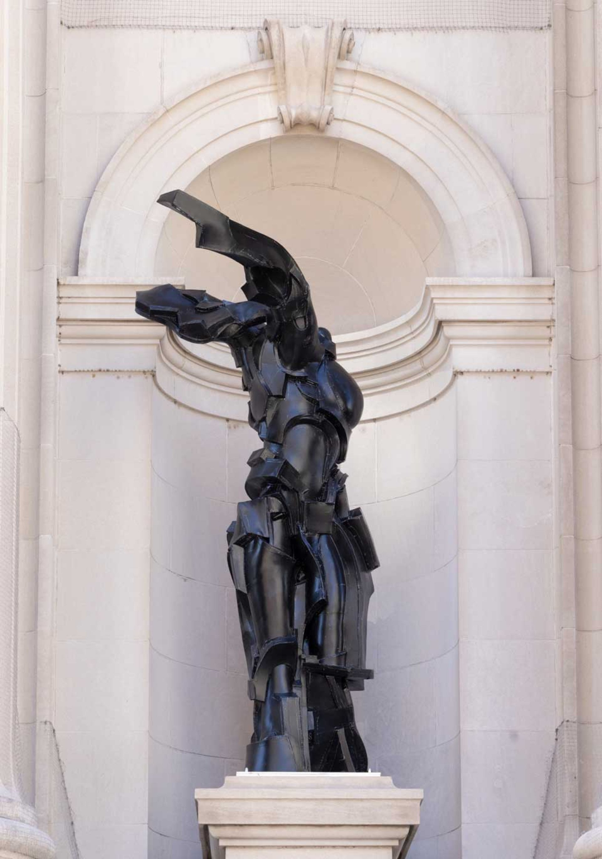
Lee Bul’s Long Tail Halois the Metropolitan Museum of Art’s Genesis Facade Commission (until 10 June) / Photo: Eugenia Burnett Tinsley; courtesy Metropolitan Museum of Art
Haegue Yang comments that “Korean artists have
always excelled, regardless of era,” calling the current international
attention “a long-overdue recognition.” Her works are cited as leading examples
of blurring the boundaries between material, concept, and language.
Mire Lee is highlighted for installations
probing the boundary between the body and emotion, marking her as one of the
most rapidly rising figures of her generation.
Suki Seokyeong Kang is noted for her large-scale solo
exhibition at the Museum of Contemporary Art Denver, combining
the rhythmic sensibility of Korean tradition with modern structures to explore balance
and tension in form.
The feature also introduces Sun
Woo, Byungjun Kwon, Che Onejoon, Minae Kim, and Minha Park, each
through their distinctive mediums and themes.
Sun Woo defines bodily perception as “the
body’s landscape,” expanding sensory experience into visual space.
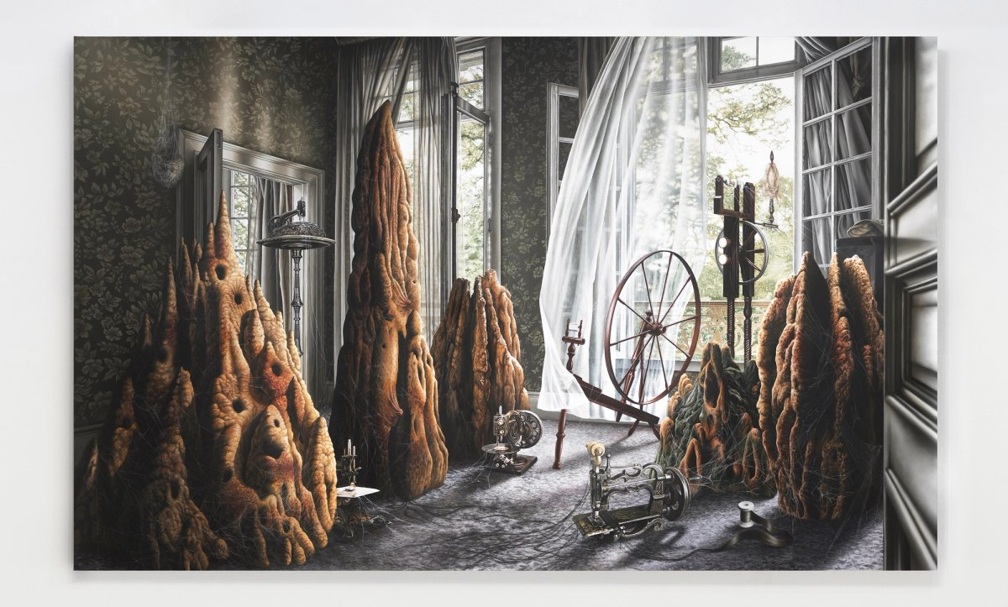
Sun Woo’s Weaver’s Room (2024), which references female exploitation and labour / Courtesy the artist
Byungjun Kwon merges sound and performance to induce
participatory awareness; Che Onejoon examines the
border between personal and collective identities through photography and
installation; Minae Kim re-frames familiar situations
through irony and humor.
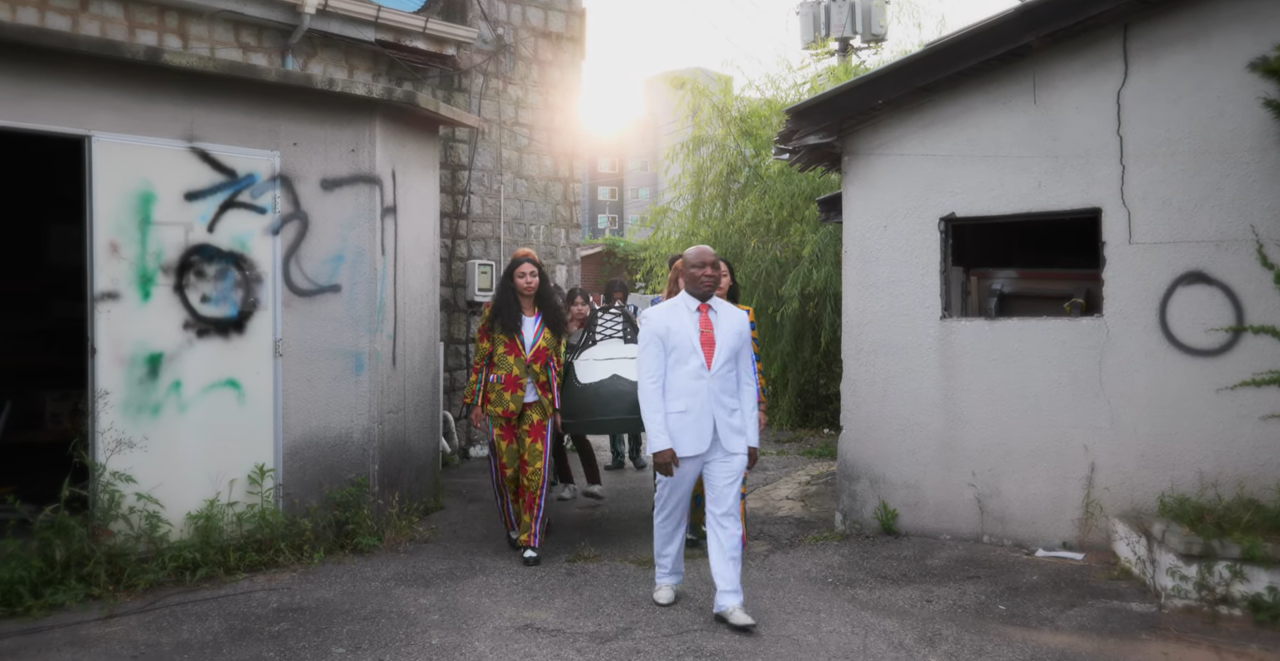
A still from Che Onejoon's music video Welcome to My Funeral (2022) / Courtesy the artist
Minha Park remarks, “I want to create a state
that cannot be immediately explained,” exploring the tension within emotional
ambiguity.
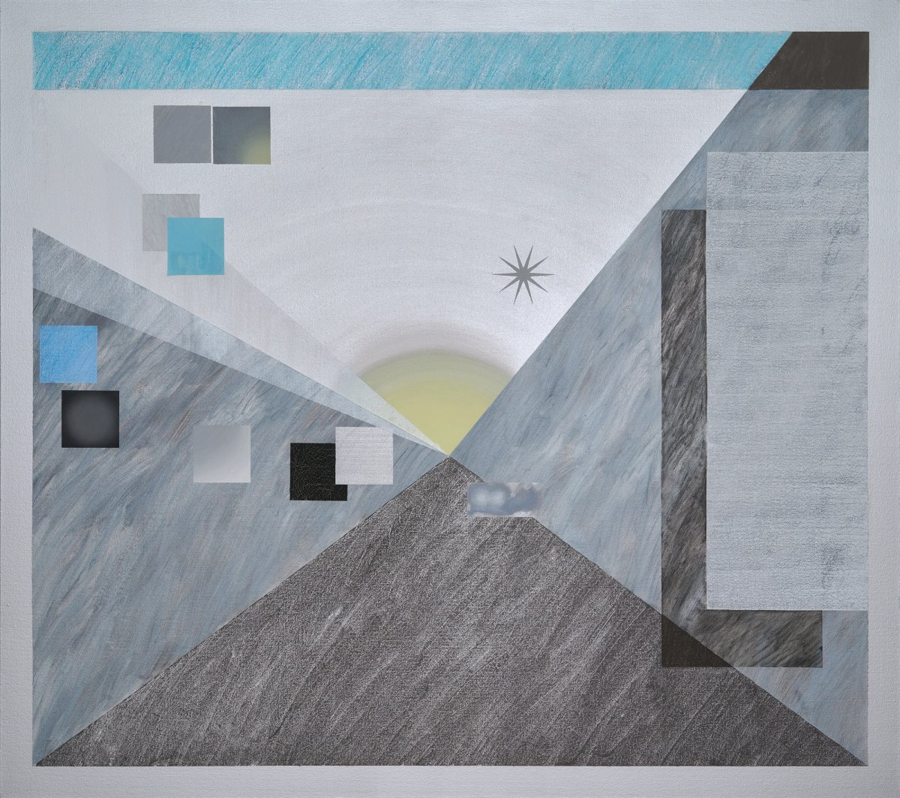
Minha Park's Underpass, Midnight (2023) Courtesy the artist and Whistle. / Photo: Ian Yang © Min ha Park
Collectively, the feature refrains
from over-interpreting each artist’s language; instead, it reveals the emotional
topography of Korean art through their sensibilities and
attitudes.
“Since the 1990s: Korean Art in Open
Circuits”
Yeo Kyung-hwan, curator at the Seoul
Museum of Art, explains: “Since the 1990s, Korean art has actively
embraced the ideas of contemporaneity and multiplicity amid social and
political globalization.”
The establishment of the Gwangju
Biennale (1995), Busan Biennale (1998), and Seoul
Mediacity Biennale (2000) laid the institutional foundations of
contemporary Korean art. During this period, public and private museums, galleries, and alternative
spaces proliferated.
The entry of global galleries such as White
Cube, Perrotin, and Pace, Frieze
Seoul in 2022, further integrated Korean art into the
international network.
Exhibitions Bridging Past and Present
— “Remembering Experiment, Creating New Contexts”
The article spotlights《Only the Young: Experimental Art
in Korea 1960s–1970s》as a crucial turning
point.
Originating at the National
Museum of Modern and Contemporary Art (MMCA),the exhibition
traveled to the Guggenheim Museum New York (2023) and Hammer
Museum Los Angeles (2024), linking the radical spirit of Korean
avant-garde art to global experimental movements.
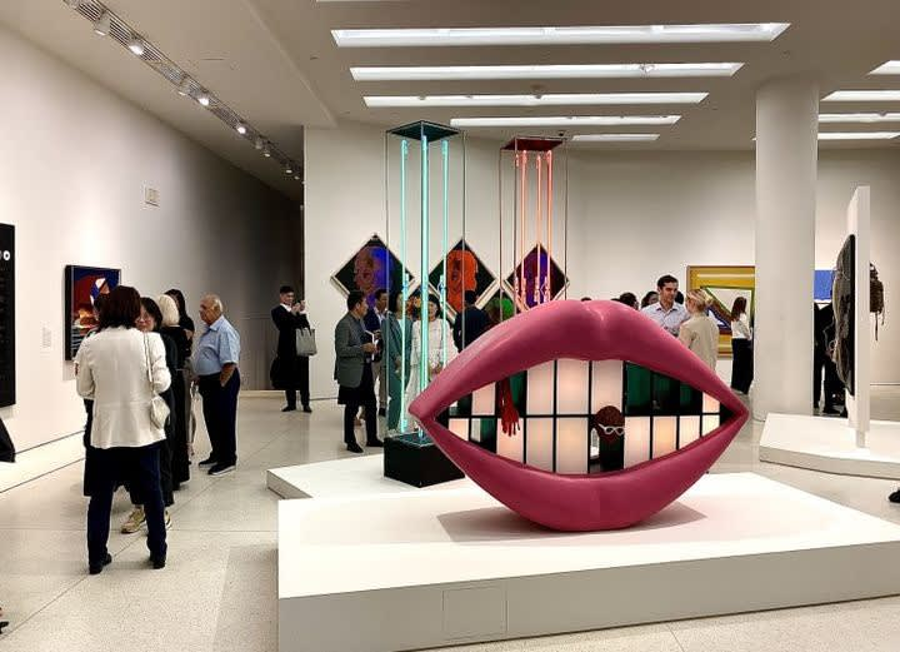
Exhibition view of 《Experimental Art in Korea 1960s–1970s》 held at the Guggenheim Museum, New York, in 2023 / Photo: Guggenheim Museum
Curator Kang Soo-jung remarked,
“The passionate and radical aesthetics of that era remain both the roots and
the living testimony of Korean art today.”
Yeo Kyung-hwan adds that this period,
led by Nam June Paik, marked the decisive moment when
Korea’s experimental spirit entered international circuits.
Beyond Branding — Toward One’s Own
Language
In its closing section,「The Art Newspaper」succinctly articulates the current
position of Korean art: “The delicacy and complexity of art cannot be neatly
packaged under a single brand like ‘K-Art.’”
In other words, Korean art should not
be consumed merely as an extension of the Korean Wave, but regarded as a distinct
artistic language of thought and feeling.
Yeo Kyung-hwan notes, “For most Korean
artists, ‘Koreanness’ is not an identity to be asserted, but an inner question
that must be constantly reinterpreted.”
This statement best encapsulates how
Korean art today traverses between tradition and the global, between the
individual and the collective, forging its own language through that fluid
negotiation.
Korean Art in the World — and Beyond
“Korean Artists Today 2025” reveals how Korean art communicates
with the world from multiple, richly complex points of intersection.
It is not a record of a “discovered”
art scene but a document of Korean artists who are already embedded
within the global artistic language. Underlying the entire project
is the conviction that Korean art cannot be defined by a single
image.
The diversity and plurality unique to
Korean art are precisely what captivate the world today. No longer translated
or mediated for global audiences, Korean art now speaks in its own
voice, engaging the world on equal terms.



